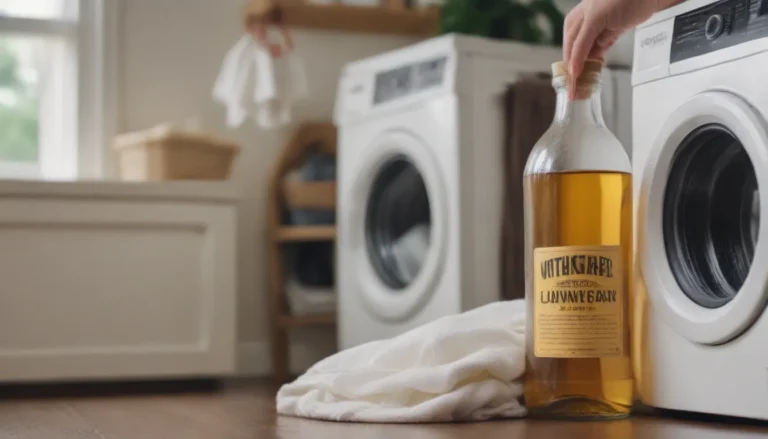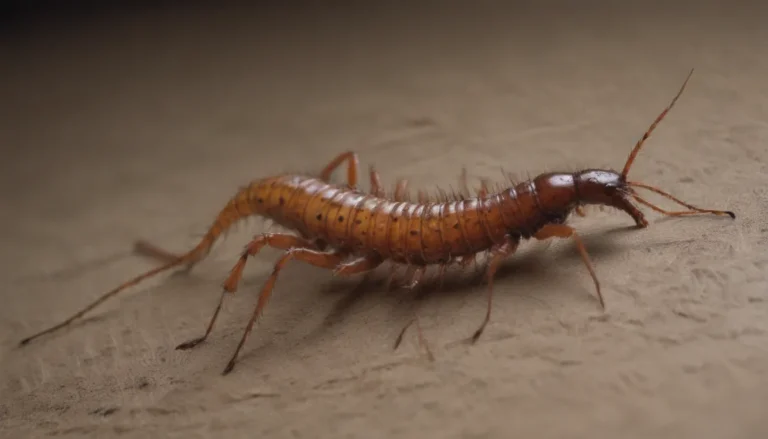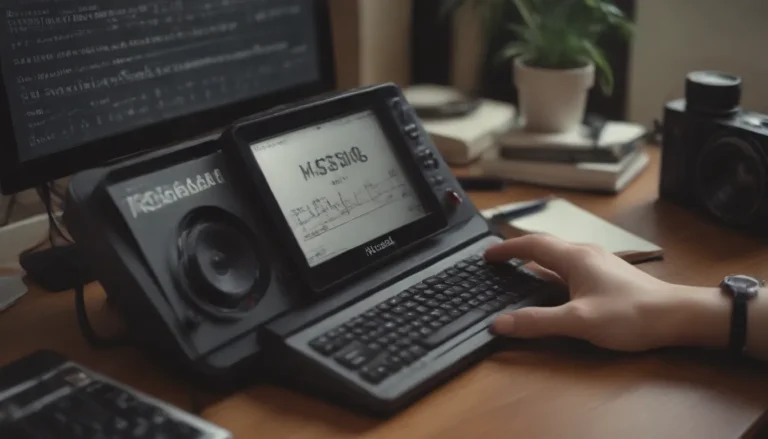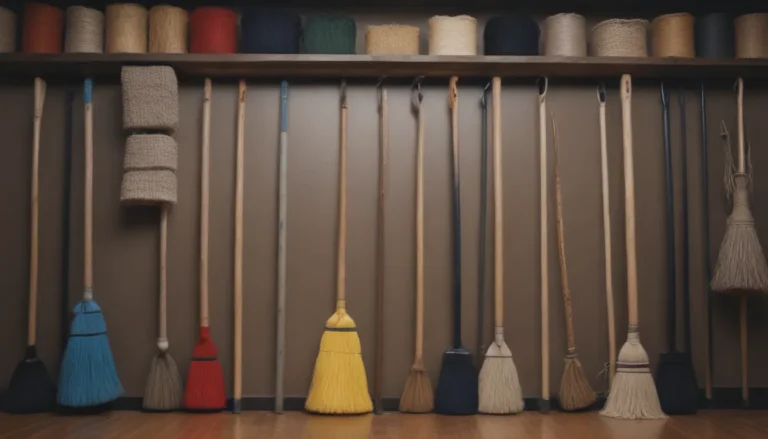Mastering the Art of Dust Mopping: A Comprehensive Guide
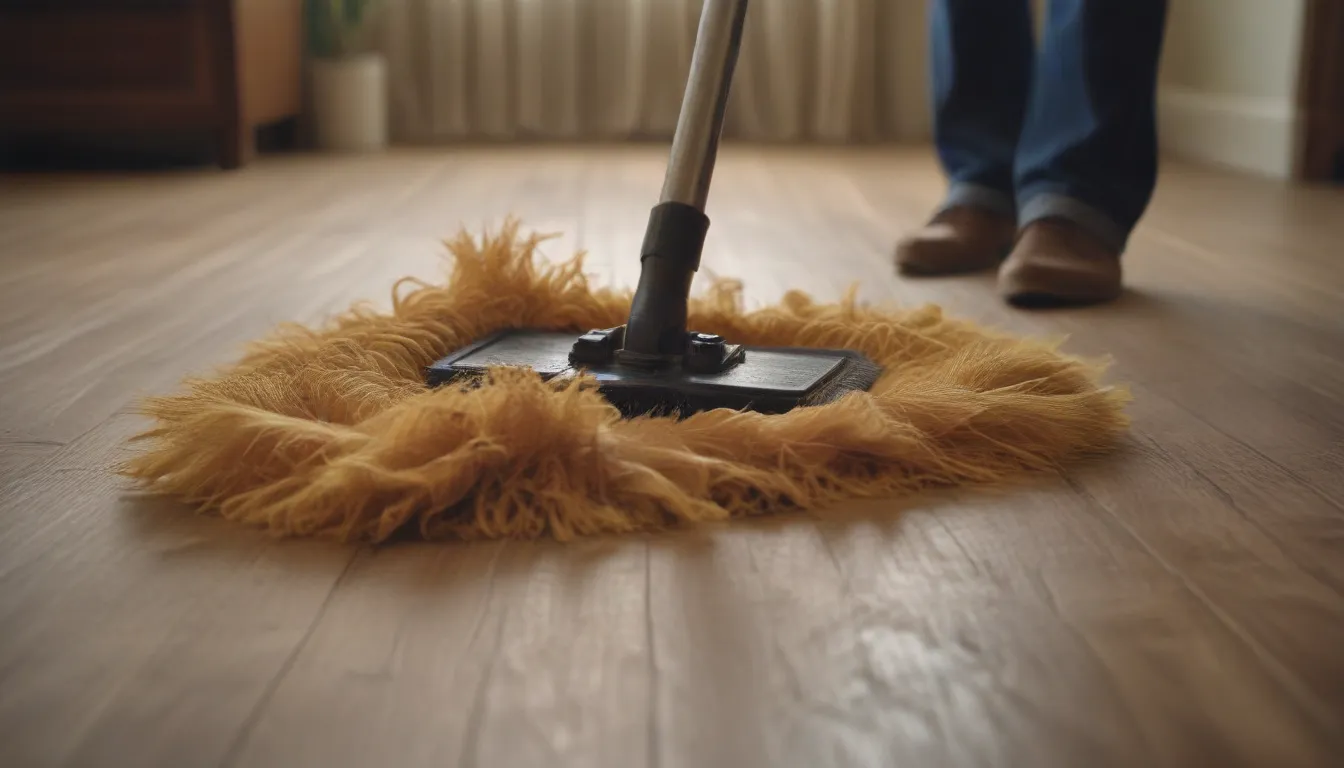
If you’re looking to keep your hard surface floors pristine, utilizing a dust mop is a key component of your cleaning arsenal. This simple yet effective tool is designed to effortlessly remove dust and small debris from floors, walls, and even ceilings. In this detailed guide, we’ll explore the ins and outs of using a dust mop correctly to ensure your floors remain clean and well-maintained.
The Evolution of Dust Mops: From Yarn Strings to Microfiber
In the early days, dust mops featured a large, flat head covered with cotton or wool yarn strings. These strings efficiently picked up dust, lint, and hair, making them a popular choice for floor care. However, as technology advanced, dust mops evolved to incorporate more efficient materials and designs.
Modern dust mops are often made of microfiber materials that attract and hold onto dust particles with ease. They come with removable covers that can be conveniently washed, ensuring a hygienic cleaning experience. Some models even feature adjustable handles for added comfort during use. The introduction of disposable electrostatic cloths, such as Swiffer, in the mid-1990s revolutionized the dust mopping industry, offering a convenient and effective alternative to traditional mop heads.
How to Use a Dust Mop: Step-by-Step Guide
To make the most of your dust mop and keep your floors looking spotless, follow these simple steps for effective cleaning:
Assemble the Mop:
- Make sure the mop head is clean, completely dry, and tightly reassembled.
- If using disposable cloths, follow the manufacturer’s instructions for attachment.
Remove Obstacles:
- Clear small area rugs, mats, trash cans, and clutter from the floor to ensure thorough cleaning.
Work in an Even Pattern:
- Place the mop head flat against the floor at one edge of the room.
- Make long, straight passes to the other side of the room, slightly overlapping each pass.
- Keep debris in the front of the mop and maintain full contact with the floor for optimal cleaning.
Remove Any Debris:
- If there is leftover dirt or debris after dust mopping, use a broom, dustpan, or vacuum to remove it from the floor.
Clean and Store the Dry Mop:
- After cleaning, shake out trapped dust, lint, and hair from the mop head (if fixed).
- If the mop head is removable and washable, follow the manufacturer’s instructions for washing and drying.
- Discard disposable cloths and store the dry mop to prevent fiber matting.
Tips for Mastering Dust Mopping Like a Pro
- Regular Maintenance: Make dust mopping a part of your regular cleaning routine to prevent dirt and grit from damaging your floors.
- Rotate Mop Heads: If using a washable mop head, consider rotating between multiple heads to ensure a consistently clean mop.
- Use Furniture Pads: Place felt pads under furniture legs to prevent scratching and damage while dust mopping.
- Avoid Moisture: Remember, dust mops are meant to be used dry, so avoid any contact with water or cleaning solutions.
- Professional Cleaning: For a deep clean, consider hiring professional cleaners to tackle tough stains and dirt buildup.
By following these tips and techniques, you can effectively utilize a dust mop to keep your floors looking pristine and well-maintained. Incorporating this simple tool into your cleaning routine can make a significant difference in the overall appearance and longevity of your hard surface floors. So, grab your dust mop and get ready to transform your cleaning game!
